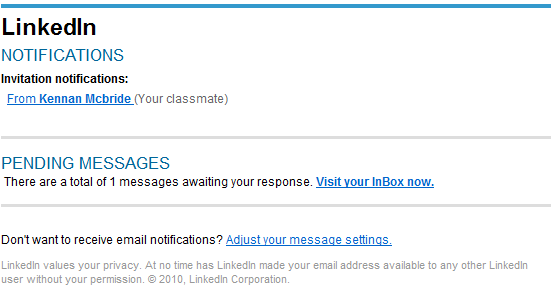
by Blog Staff | Apr 2, 2012 | Industry Intel, Threat Lab
Remember the email hacking for hire service which Webroot extensively profiled in this post “Email hacking for hire going mainstream“?
Recently, I stumbled upon another such service, advertised at cybercrime-friendly web forums, offering potential customers the opportunity to hack a particular Mail.ru and Gmail.com email address, using a variety of techniques, such as brute-forcing, phishing, XSS vulnerabilities and social engineering.

More details:
(more…)

by Blog Staff | Apr 2, 2012 | Threat Lab
Last week Adobe released the APSB12-17 Flash Player update. The update patches two critical security flaws — CVE-2012-0772 and CVE-2012-0773 — in the Adobe Flash player, and also, for the first time ever, introduces auto-patching mechanism. The update affects the following operating systems – Windows, Mac OS X, Linux and Solaris.

More details:
(more…)

by Blog Staff | Mar 31, 2012 | Industry Intel, Threat Lab
Security researchers from Webroot have intercepted a currently spamvertised malicious campaign, impersonating Hewlett Packard, and enticing end and corporate users into downloading and viewing a malicious .htm attachment.

More details:
(more…)

by Blog Staff | Mar 29, 2012 | Industry Intel, Threat Lab
Cybercriminals newest spamvertised malware campaign is brand-jacking Verizon Wireless in an attempt to trick end users into clicking on the malicious links embedded in the email.
More details:
(more…)

by Blog Staff | Mar 26, 2012 | Industry Intel, Threat Lab
Hundreds of thousands of legitimate web sites are currently affected in a a mass SQL injection attack that has been ongoing for the past several months. The ongoing mass SQL injection attacks, are directly related to last year’s scareware-serving Lizamoon mass SQL injection attacks.
The cybercriminals behind it, are automatically exploiting the legitimate web sites, and embedding a tiny script on the affected pages, abusing an input validation flaw, or exploiting vulnerable and outdated versions of the web application software running on them.

More details:
(more…)

by Blog Staff | Mar 23, 2012 | Industry Intel, Threat Lab
Cybercriminals are currently spamvertising LinkedIn themed messages, in an attempt to trick end and corporate users into clicking on the malicious links embedded in the emails.
The campaign is using real names of LinkedIn users in an attempt to increase the authenticity of the spamvertised campaign.
More details:
(more…)

by Blog Staff | Mar 23, 2012 | Industry Intel, Threat Lab
Cybercriminals are currently spamvertising malicious USPS-themed emails, that entice end and corporate users into clicking on malicious links found in the emails.

More details:
(more…)

by Blog Staff | Mar 22, 2012 | Industry Intel, Threat Lab
by Armando Orozco
We’ve been tracking rogue premium-sms Android apps for sometime now. Here’s an interesting site we came across offering a download of the Google Music application, but this one comes with a cost. This site serves up a premium-sms Trojan of the ransom variety. Targeting Russian speakers these Rogue’s, we call Android.FakeInst, offer to give access to the app but for a fee.

(more…)

by Blog Staff | Mar 22, 2012 | Industry Intel, Threat Lab
Cybercriminals are currently spamvertising with IRS (Internal Revenue Service) themed emails, enticing end and corporate users into downloading and viewing a malicious .htm attachment.

More details:
(more…)

by Blog Staff | Mar 21, 2012 | Industry Intel, Threat Lab
By Curtis Fechner
It’s never surprising to see the multitude of tactics a cybercriminal will use to deliver malware. In this case, I came across a collection of files masquerading as RealNetworks updater executables. These files were all located in a user’s %AppData%realupdate_ob directory, and the sizes were all quite consistent.
At first glance there was nothing too special about this finding – malware appearing to be legitimate software is nothing new.
When I looked into the specific behaviors of the file, it became clearer that the software is in fact malicious, and that it is actually downloading malicious files from the popular web-based file hosting service Dropbox. These files came in two varieties: some files were randomly-named; other files were named for legitimate software. For example: utorrent.exe, Picasa3.exe, Skype.exe, and Qttask.exe.
(more…)


















